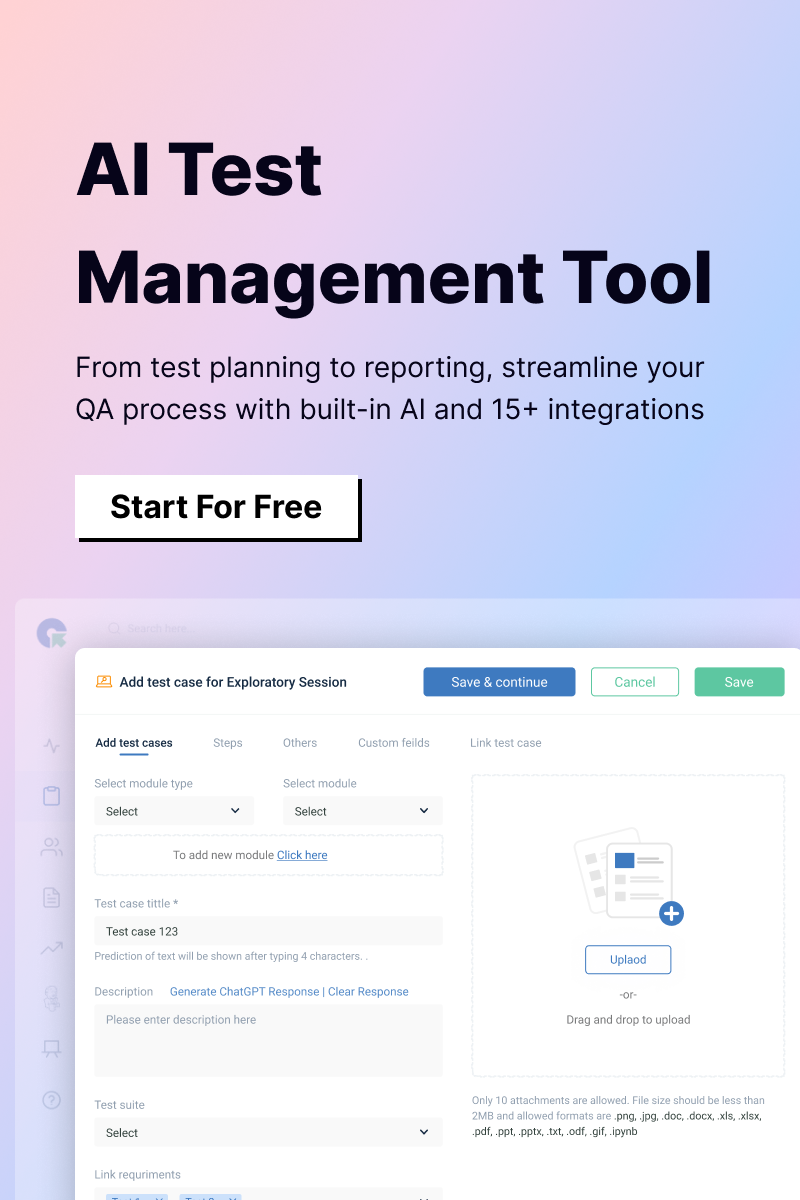Automation testing can be learned by mastering the basics of software testing—understanding testing types such as unit, integration, system, and regression testing. A solid foundation in manual testing principles will make your transition to automation smoother.
How to easily learn automation testing?
- Learn a Programming Language: Proficiency in coding is crucial for automation testing. Start with popular languages such as Java, Python, or JavaScript. Focus on concepts such as loops, functions, and object-oriented programming, as these will help you write test scripts.
- Understand Testing Frameworks: Explore frameworks such as TestNG, JUnit, or Pytest. These provide structure to your test cases, making them reusable, readable, and easy to maintain.
- Master an Automation Tool: Begin with tools such as Selenium (for web testing), Appium (for mobile testing), or JMeter (for performance testing). New tools such as Cypress or Playwright are gaining popularity. Focus on transferable skills such as scripting and debugging.
- Practice and Apply Knowledge: Work on real-world projects or mock scenarios to automate workflows. Practice is key to building confidence and honing your skills.
- Focus on Code-Writing Ability: The ability to write and adapt code is more important than mastering a specific tool. For example, if you’re proficient in Java with Selenium, transitioning to Cypress with JavaScript will be much easier.
- Explore Advanced Concepts: Once comfortable with the basics, dive into areas such as Continuous Integration (using Jenkins), API testing (using Postman or RestAssured), and performance testing.
- Stay Updated: Testing tools and technologies evolve. Stay flexible and ready to learn new tools or languages to adapt to industry changes.
How do you select test cases for automation?
Selecting the right test cases for automation is important when planning an automation strategy. This process, also known as a feasibility analysis, focuses on maximizing efficiency and value. Test cases for automation are selected based on their repetitiveness, stability, and criticality.
How do you decide which test cases to automate?
Select test cases to be automated on the basis of:
- Build Health Check-Up: Smoke testing which involves basic checks to confirm application stability and sanity testing to focus on checks on specific functionalities.
- Regression Testing: Automate test cases that need to be re-executed during rapid release cycles to ensure no new changes break existing functionality.
- Repetitive Tasks: Test cases that are executed frequently or involve repetitive manual effort.
- Stable Test Cases: Automate scenarios where features or functionality are less likely to change over time, reducing script maintenance.
- Complex and Time-Consuming Scenarios: Focus on automating test cases that require significant manual effort or are prone to human error.
- Data-Driven Tests: Test cases requiring multiple iterations with varying input data, ensuring comprehensive coverage.
- Precision-Dependent Tests: Scenarios that demand a high degree of accuracy, such as calculations or validations.
- Cross-Browser Testing: Automate test cases to verify compatibility across different browsers and platforms.
- Bug-Prone Areas: Test cases that frequently uncover defects or involve critical functionalities.
- Performance and Load Testing: Mimic multiple users accessing the system at the same time to test how it performs under heavy usage.
- API Testing: Automate tests to validate the functionality, reliability, and security of APIs.
How does QA Touch help in selecting test cases for automation?
QA Touch helps in selecting test cases for automation by providing advanced test case management capabilities. It allows teams to identify repetitive, high-priority scenarios ideal for automation through detailed reporting and analytics. QA Touch organizes and categorizes test cases, enabling easy tagging of candidates for automation. Additionally, with its integrations (such as Jira and CI/CD tools), QA Touch simplifies the automation process by ensuring traceability and collaboration, helping teams focus on the most impactful cases for automation.



